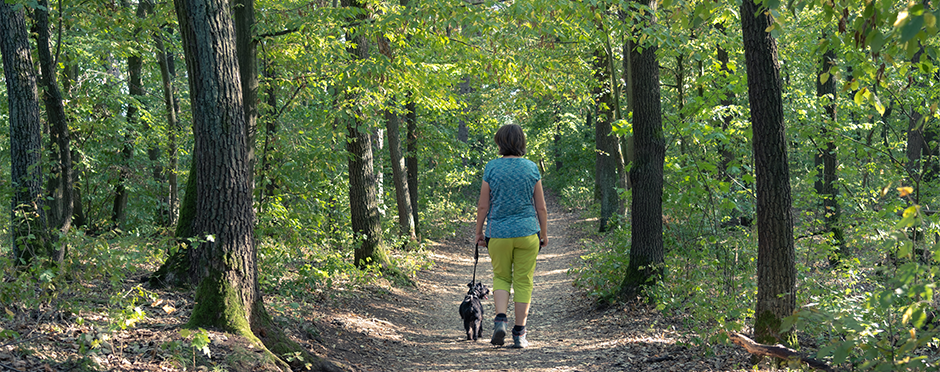
Is It Too Late To Improve My Balance?
Leave a CommentIs it too late to improve my balance? Is it safe for me to climb stairs or hike off-road? Once I start using a cane, will I ever be able to go back? These questions can occupy your brain and keep you up at night. Fortunately, here at Athletico, we have some answers for you. Keep reading for more information to help keep you and your loved ones safe and steady on their feet!
Balance is defined as an even distribution of weight enabling someone or something to remain upright and steady. For humans, this includes the use of all body systems, including endocrine, musculoskeletal, nervous, respiratory, and cardiovascular. The combined efforts of body and brain enable us to stand upright and walk, climb stairs, run, and even dance. However, falls and injuries may result when the system is challenged and no longer able to manage the load.
Throughout our lives, we constantly challenge this process on uneven terrain, in dimly lit areas, on sandy beaches, and even on icy sidewalks. It is important to train our bodies to manage these various challenges in preparation for the unknown ahead. Although a fall or slip may dampen our confidence, it is never too late to work to improve our body’s ability to cope with outside balance challenges.
At Athletico, we assess strength, balance, gait, range of motion and body systems to optimize an individualized treatment plan for your needs. For example, some individuals have core and leg weakness, muscle tightness or even difficulty coordinating movements. On the contrary, some folks may present with visual impairments or even poor endurance which may result in a fall. Physical therapy can help address each of these needs to help keep you moving safely.
Remember, it is never too late to work on and improve your balance. There are many aspects to optimizing your balance and reducing your fall risk; some may even be environmental adaptations or home modifications, both of which PT can help with. For example, a cane, walker or even a wheelchair may just be the tool to get you back to reaching your fitness goals and reduce the risk of injury. Reach out to an Athletico near you to take your next step toward better balance and a healthier life!
*Per federal guidelines, beneficiaries of plans such as Medicare, Medicaid, Tricare, VHA and other federally funded plans are not eligible for free assessments.
The Athletico blog is an educational resource written by Athletico employees. Athletico bloggers are licensed professionals who abide by the code of ethics outlined by their respective professional associations. The content published in blog posts represents the opinion of the individual author based on their expertise and experience. The content provided in this blog is for informational purposes only, does not constitute medical advice and should not be relied on for making personal health decisions.
References:
1. Oxford Dictionary Definition of Balance
